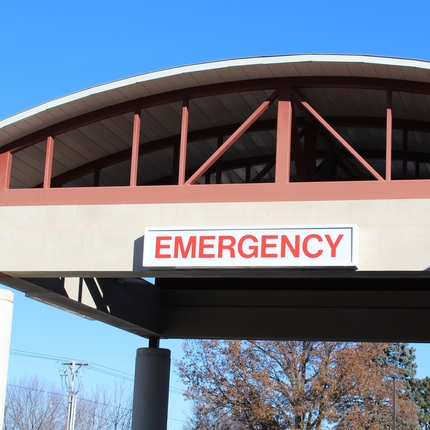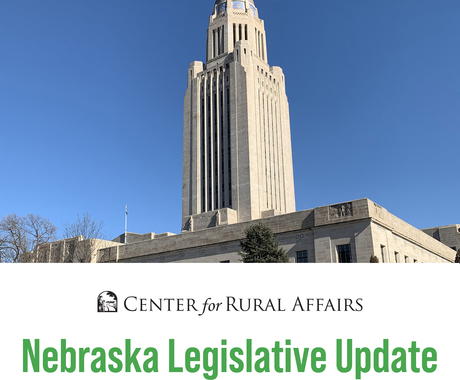Rural hospitals have been closing at a rate of nearly 1 per month since 2010. The Southeast has been especially hard hit, as the map below shows.
A rural hospital closure can leave a permanent gap in availability of services in the community. But closing rural hospitals is not inevitable. The recent increase in closures is the direct outcome of public policy decisions we have made, and we can make different decisions.
As we've reported before, 18 states have yet to expand Medicaid, the health insurance program for poor and working poor. The action (or lack thereof) of these 18 states has left 5 million Americans without access to health insurance. That is 5 million Americans who cannot pay when they show up at their local hospital, putting a direct strain on the hospital's bottom line. At the same time, hospitals are managing tightening Medicare reimbursement rates.
Medicare and Medicaid are of particular importance to rural hospitals because rural people are more likely than their urban counterparts to be covered by one of these two insurance programs.
By electing to expand Medicaid programs, states give a direct and immediate boost to the bottom of line of rural hospitals. That's why we are working to close the gap of states expanding Medicaid.
Options for policy change do not stop there.
A bipartisan pair of House members, Sam Graves (R-MO) and Dave Loebsack (D-IA), along with 24 co-sponsors, have introduced H.R. 3225, the Save Rural Hospitals Act. This bill would reverse sequester cuts made to Medicare reimbursements. The bill also extends or increase other federal payments made to rural hospitals.
On the Senate side, Chuck Grassley (R-IA), along with 13 co-sponsors, has introduced S. 607, the REACH Act. This bill would make way for smaller critical access hospitals, allowing these small rural facilities to be reimbursed as hospitals without having to maintain a minimum number of patient beds. Under this bill, critical access hospitals could become rural emergency clinics, staying open to serve the local community.
In addition to policy changes to strengthen the bottom line of rural hospitals, some local hospitals are pursuing innovative models to keep care in their community.
Four rural hospitals that closed have reopened, most often after local leaders struck partnership deals to bring small local facilities into a larger regional health care provider network. This hub and spoke system could be one answer to maintaining more facilities in more communities.
In South Dakota, Avera Health Systems is using innovative e-emergency technology to bring specialized emergency room expertise into the emergency room of critical access facilities.
The Helmsley Charitable Trust is supporting new models of tele-medicine and remote sensors to keep seniors in their home longer in remote rural areas.
A combination of policy change and innovative delivery system changes can keep more rural hospitals open and serving local residents. But with the high rural hospital closure rate projected to continue, we must act sooner rather than later; 60 million rural Americans are counting on us.




